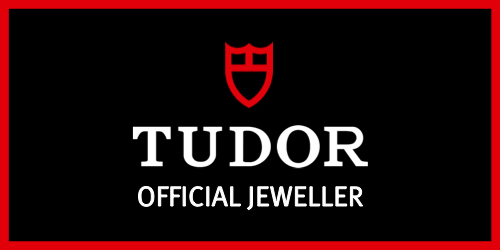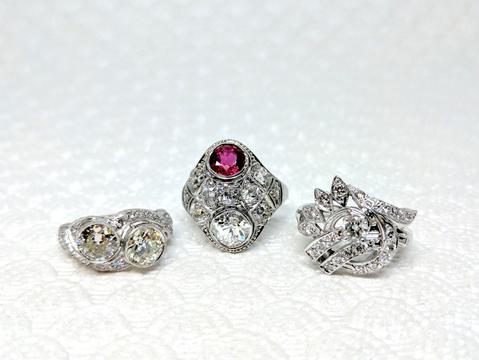A piece of vintage jewelry often has a distinct look that sets it apart from something modern. Everything from the hand engraved details, to the style of the prongs tells a story about the era during which a piece of jewelry was made.
The way a diamond is cut can also give clues about the age of a piece of jewelry. Here are a few of the more common cuts you’ll come across when looking at vintage and antique jewelry.
Single Cut
Single cut diamonds can be found as far back as the 1300s. Single cut diamonds are round but have fewer facets than today’s round brilliant cut diamonds, old mine cut, or old European cut diamonds.
Rose Cut
The rose cut dates all the way back to the 1500s and it’s probably the easiest vintage cut to spot. When you look at a rose cut diamond it’s supposed to resemble the shape of a rose bud, hence the name.
Old Mine Cut
The precursor to the old European cut, old mine cut diamonds are a bit more square in shape. Old mine cut diamonds came about during the early 18th century and remained popular through the late 19th century.
Old European Cut
The old European cut is the most common of the vintage diamond cuts. Old European cut diamonds are round in shape and have smaller culets than old mine cut diamonds.
Round Brilliant Cut
While you may not think of round brilliant as a vintage diamond cut, it was actually developed in the early 1900’s and can be found in lots of vintage rings, necklaces, bracelets, pendants, and anything else you can imagine.

 (651)698-6321
(651)698-6321 Schedule Appointment
Schedule Appointment




